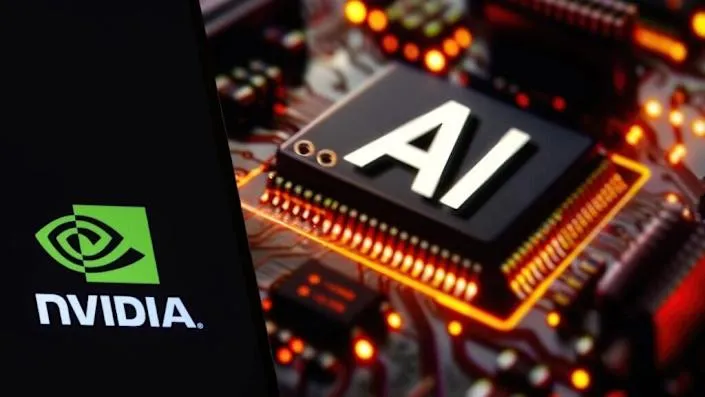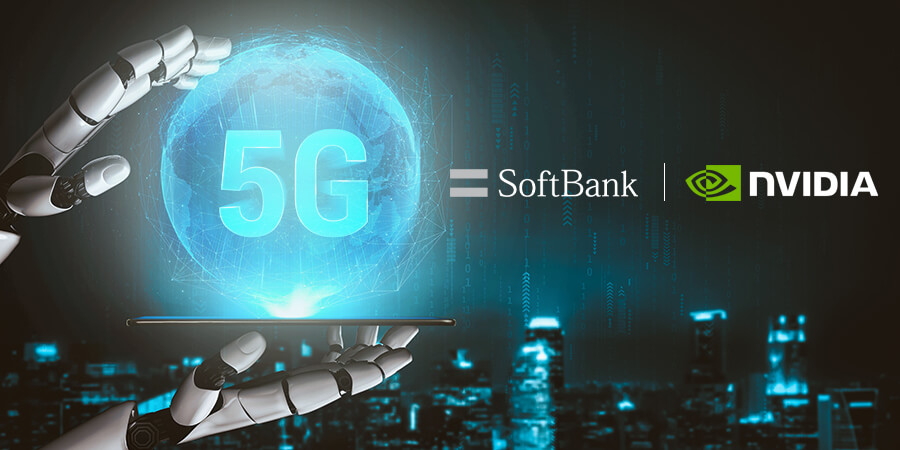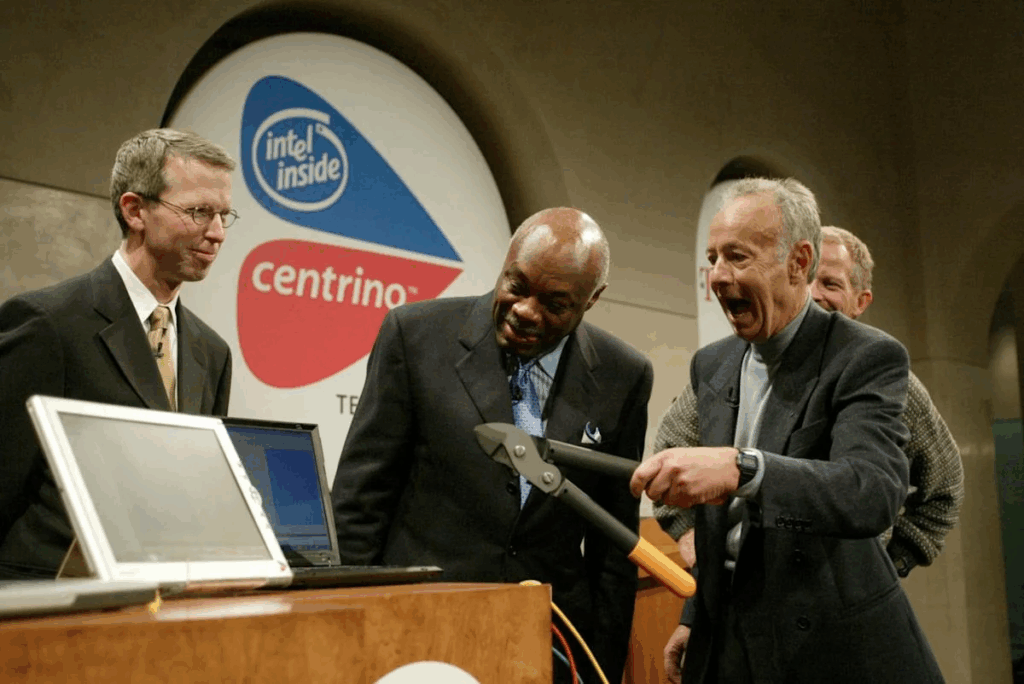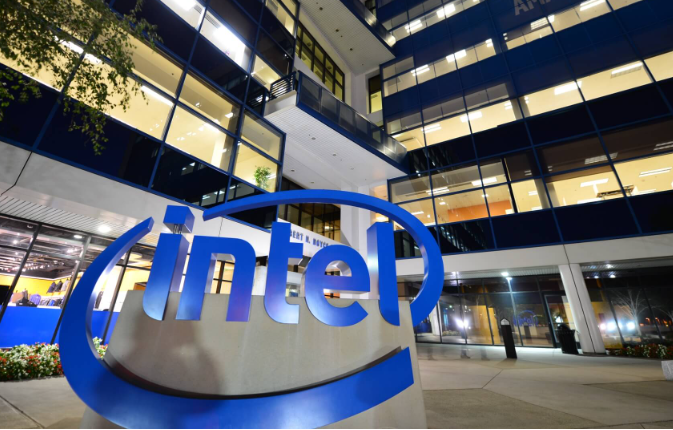📈 Intel shares rose 7% after the release of a strong quarterly report, which became one of the most optimistic signals for the company in recent years. Profit came in significantly above analysts’ expectations, and revenue showed steady growth — for the first time in a long while, investors saw signs of real recovery from a tech giant long considered lagging behind its competitors.

Main Growth Driver — PCs and Artificial Intelligence
After a decline in the personal computer segment, Intel is finally showing growth in processor sales. This is driven not only by corporate hardware upgrades but also by the introduction of new energy-efficient architectures that allow AI functions to run directly on laptops without cloud connection.
It is especially important that the data center and AI division demonstrated resilience. Despite Nvidia’s dominance in the AI chip market, Intel managed to maintain its share by offering customers alternative solutions for model training and inference.

New Strategy and Leadership of Lip-Bu Tan
CEO Lip-Bu Tan, who took office during a crisis, emphasized that artificial intelligence has become a turning point for the entire industry — and Intel intends to take a key role in it. The company is actively developing accelerators, server processors, and contract chip manufacturing — a strategy designed to restore its status as a technological leader.
Intel is not limiting itself to its own chips. The new focus is Intel Foundry Services, a factory capable of producing chips for external clients. This direction has already attracted major customers, including Nvidia, Microsoft, and SoftBank.

Support from the U.S. and Strategic Role
Amid global competition for control over semiconductor supply chains, the U.S. views Intel as a pillar of its technological independence. Public and private investments amounting to billions of dollars strengthen the company’s position and create a foundation for large-scale domestic projects.
Investors See Potential but Remain Cautious
The market reacted to the report with a sharp rise in share prices, but analysts warn that high forecast volatility and the need for large investments could make Intel’s path uneven. Nevertheless, the current recovery appears sustainable — the company is not merely catching up with the AI era but rejoining its architects.

💡 Conclusion
Intel once again claims a front-row seat in the semiconductor race. After years of decline and market share loss, it is showing signs of revival — with new products, strategy, and leadership. The age of artificial intelligence may become not a challenge for Intel, but an opportunity to prove that Silicon Valley legends can indeed make a comeback.
All content provided on this website (https://wildinwest.com/) -including attachments, links, or referenced materials — is for informative and entertainment purposes only and should not be considered as financial advice. Third-party materials remain the property of their respective owners.


